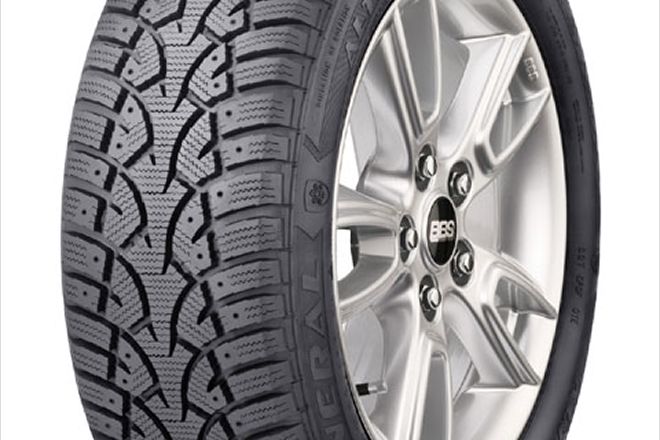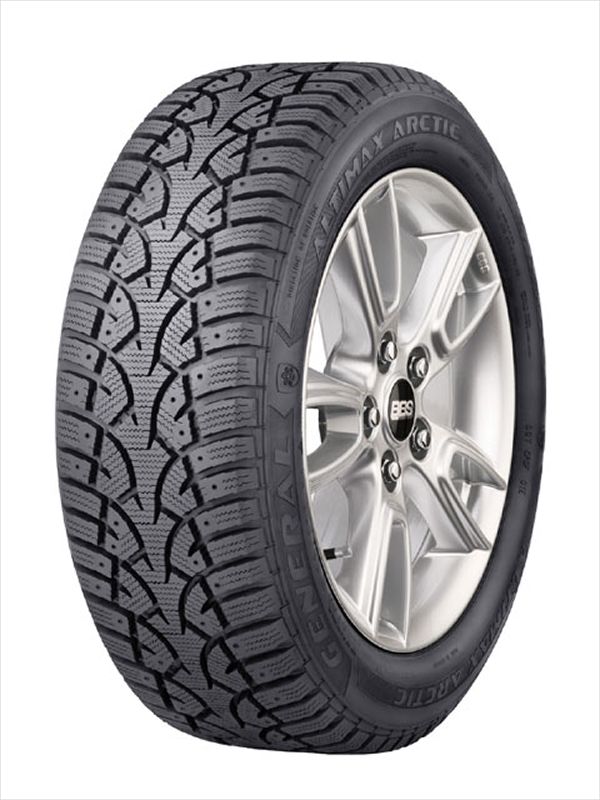

Last February, our friends at General Tire invited us out to the frigid setting of Big Sky, Montana. Our mission: To test General's latest entry into the competitive winter tire segment. The Altimax Arctic may not be well-suited for dedicated trail rigs or daily-driven rigs in snow-free climates, but one thing's for sure; four-wheel-drive SUVs operating in colder climates will undoubtedly benefit from the plethora of new technology General packed into this new tread.
On our trip, General took us out to its winter testing facility, a closed seasonal airport near Yellowstone National Park. The airport, which cannot operate in winter months due to excessive snowfall, provides a perfect venue for snow and ice testing. General uses the site each year to test new products and to evaluate the competition in sub-freezing conditions. Typically, non-General employees are not granted access to the location while evaluations are underway. For us, however, General made an exception. We wanted an in-depth understanding of what exactly qualifies a winter tire, and what slight differences in both tread compound and design could have on cold-condition driving.
To understand the winter tire segment, you have to look towards the European tire market. In Europe, where most of General's engineers live and work, a majority of consumers keep two sets of tires around for their vehicles. They do so because the differences between winter and summer driving are usually pretty severe. As such, European tire retailers emphasize the right tire for the right season. Here in the States however, by and large we stick to the "all-around" theory that one tire works for all seasons and we run tread compounds that perform averagely in both hot and cold climates.
General Tire is out to change this. And let us tell you, they probably will. You need only feel the difference, as we did, between tires designed specifically for cold-weather conditions and those "all-around" jobs that much of America accepts as the standard. The differences were staggering. The Altimax Arctic is made with a special rubber compound designed specifically to perform well in snow and ice. Compound isn't everything, though; the Altimax Arctic also features 270 degrees of multiangle, interlocking sipes that provide thousands of little biting edges for wet traction conditions. Combine these with General's Reactive Contour Technology (RTC), and you end up with even-wearing and super-grippy tires for colder climates. We tested a set of these with our Project Nismo Frontier here in California, and despite General's recommendation that they only be used in much colder climates, we were impressed with the Altimax's warm-temperature performance, too. The Altimax Arctic is available in sizes ranging from 22- to 29-inch overall diameter, and with wheel fitments from 15 to 17 inches. The size we tested was a 235/65R17, the worst of which required only 1.75 ounces to balance.
Tire: General Altimax Arctic
Size: 235/65R17
Type: Radial
Load range: XL
Max load (lb @ psi): 1,356 @ 35
Sidewall: 2-ply polyester
Tread: 2-ply polyester, 2-ply steel, 2-ply nylon
Approved rim width (in): 6.5-8.5
Tread depth (in): 12/32
Tread width (in): 9.25
Section width (in): 9.4
Overall diameter (in): 29
Static loaded radius (in): N/A
Revolutions per mile: 718
Weight (lb): 22.5